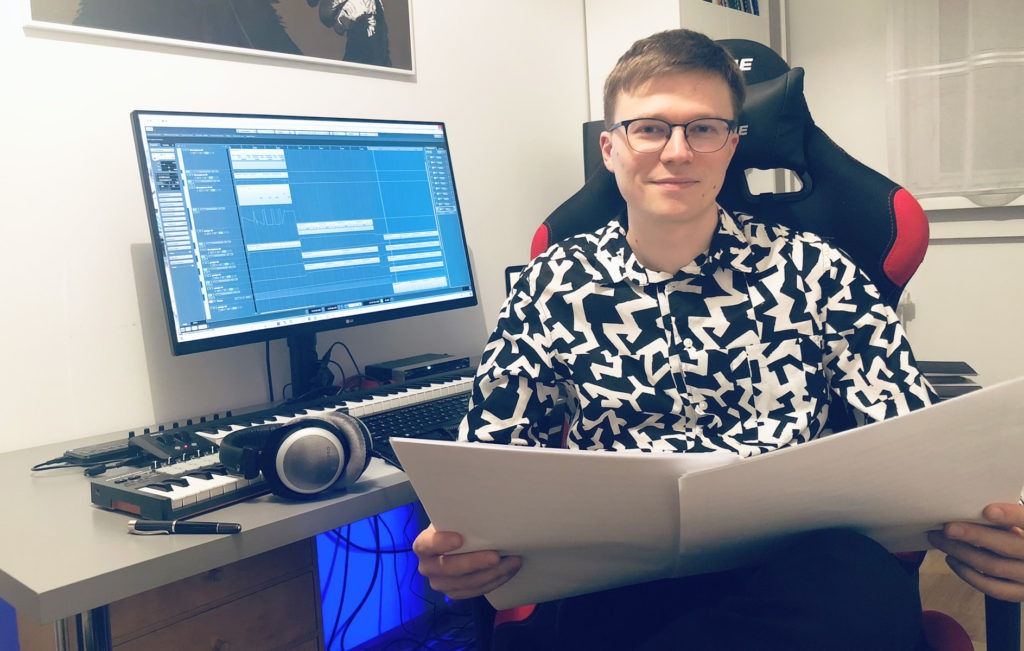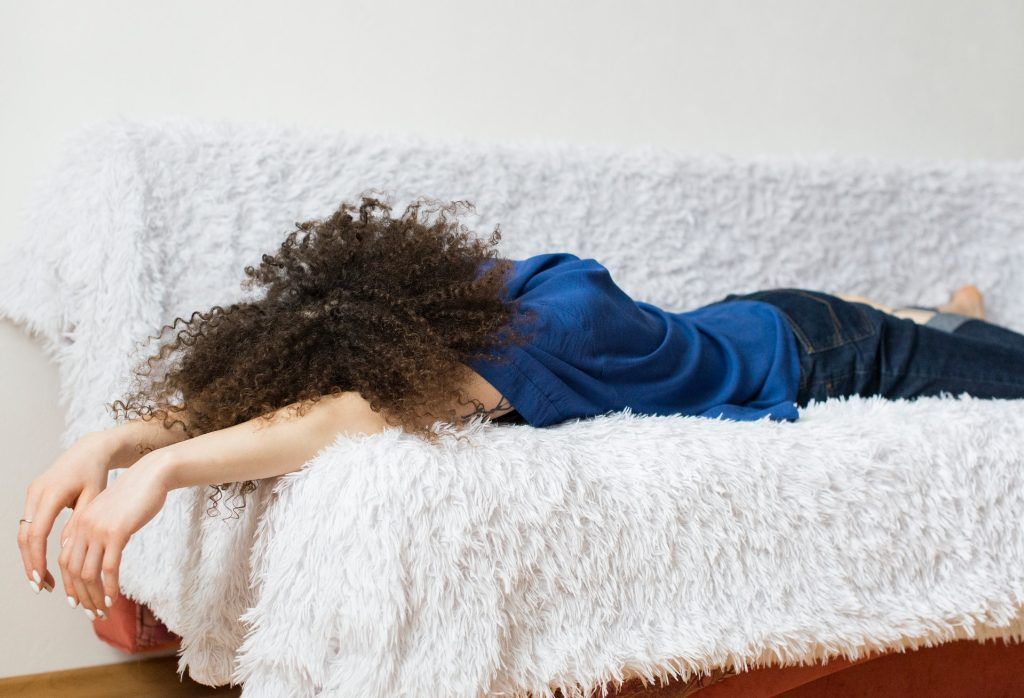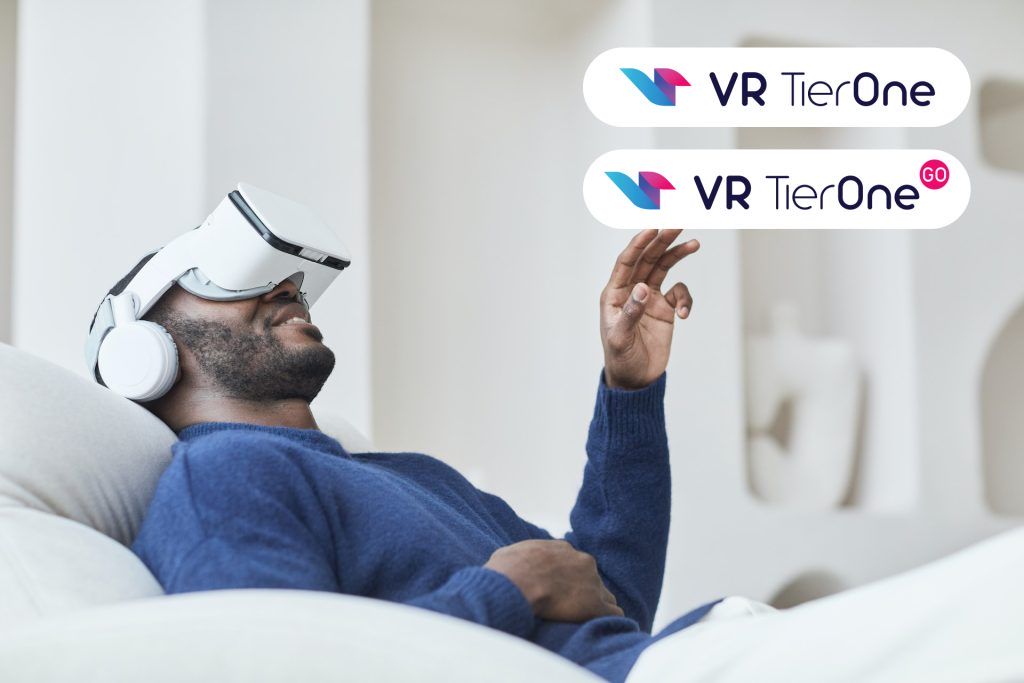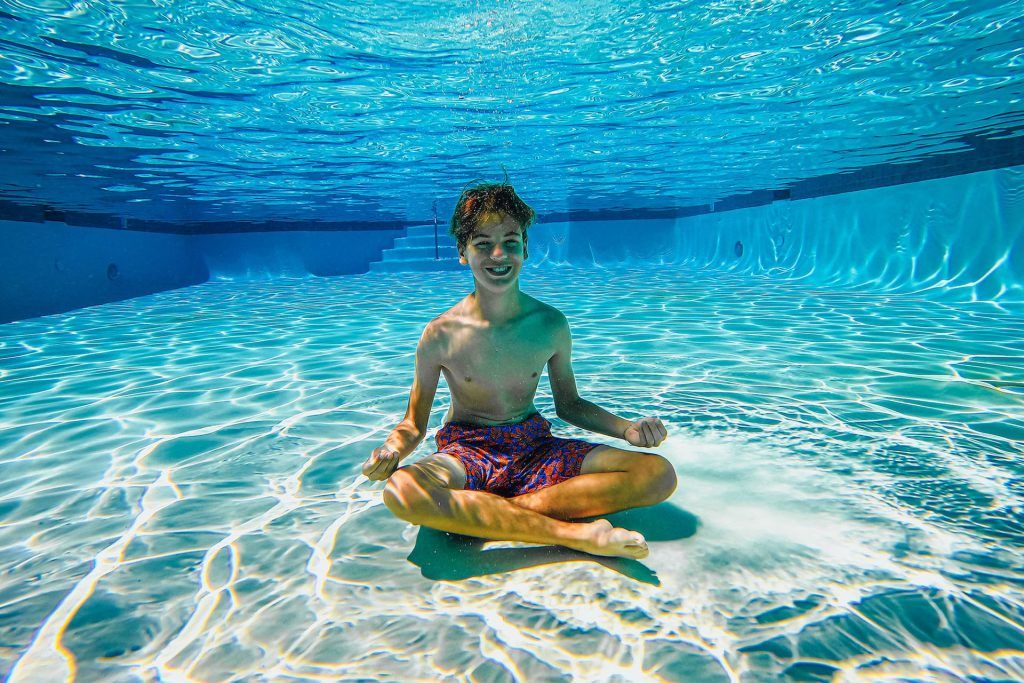VR TierOne is an advanced medical device that applies the innovative virtual reality technology in the rehabilitation of stroke patients, in the treatment of depression, stress, anxiety, neuroses or malaise. We have scientifically proven that VR technology actually helps in therapy and can be treated as equal with, for example, pharmacolotherapy.
After putting on the VR goggles, the patients are cut off from external stimuli and leaving behind their earthly worries and sorrows. The experience of full immersion takes place here primarily due to two senses – sight and hearing. The alternative world that the patients discover, radiates with good energy, bringing them into a condition of spiritual harmony and relaxation. Treatment with images and sounds has become a fact.

Sound therapy
Sound experiences form the natural part of human perception of the world – the sense of hearing allows us to perceive the reality around us more fully. The idea of using sound in therapy is not new – it has been around since ancient times. The recommendation to rest on the seashore, relax in the fresh air, listen to the sound of the waves, experience the feeling of being wrapped in the sound of wind – these form the obvious examples of incorporating natural sound stimuli into therapy. Scientific research has proven that sound, as an acoustic phenomenon, can have a positive impact on humans, both physically and mentally. The use of Tibetan bowls in sound therapy is a popular and effective treatment method – the human body perceives a range of frequencies as a contemplative sound massage. It is also hard to disagree with the so called “Mozart Effect” – i.e., the beneficial and multidimensional influence of listening to the works of outstanding classical composers. The medicine of the 21st century adds, to its arsenal, precise computer devices enabling a consciously composed sound to be even more effective.
Music and therapy
The creation of a musical setting for the VR TierOne device, however, eluded any conventional compositional task, such as composing music for a film or a video game. Aesthetic values, resulting from compositional considerations, had to be combined and linked with therapeutic values, creating a coherent music therapy soundtrack. Pitch (frequency), rhythmic values (duration of sounds), tempo (course of impulses over time), instrumentation (timbre) are just some of the basic parameters of music that the composer must control when creating a musical work. When composing for the VR TierOne, these parameters also had to be passed through a therapeutic filter, bearing in mind the target group to which the device is addressed. The therapeutic values should not, however, completely dominate what is most important for the composer – the beauty of the soundtrack…
The sounds used in the VR TierOne device can be divided into two categories: autonomous music that accompanies the therapeutic sessions (soundtrack) and the composed sounds of the environment and other phenomena (sound design).

Soundtrack
The patient, surrounded by nature, contemplates the natural beauty of the “Garden of Rebirth”, admiring and staring at the trees and plants. The music accompanying these activities does not distract the patients, does not distract them nor make less focused. On the one hand, it is a natural complement to the image, and on the other, it has a positive effect on feelings and emotions – it relaxes, calms, but also activates and encourages action. The soundtrack was divided into several tracks, which were assigned to the subsequent therapeutic sessions. Coupled with the patient’s progress in therapy, the music also undergoes a slight metamorphosis – from the initially neutral, slow electronic sounds it gradually comes to life, turning into joyful and positive chords.
Each piece of the soundtrack consists of several overlapping tracks with slightly different timbre and characteristics. Each track (i.e. a separate layer) was given an individual melodic contour and dynamic movement. The achieved effect of a slight undulation (which can be compared with a gentle wind) makes the music blend in perfectly with the surrounding nature and breathe with it. In such conditions, the patient feels comfortable, and is able to relax, forgetting about pain or problems. The base sound material used in the composition was pentatonic scale music. It is one of the oldest scales in the world, used from the earliest times, also for meditation purposes. And it also found its application in the 21st century – this time in sound therapy in VR TierOne.
Sound design
The sounds of the surroundings, the movement of objects or the interaction of objects (e.g. in the menu) can be linked to the art of sound design. The noise of a stream, the chirping of birds or the rustling of the wind are examples of just few of the phenomena which in VR TierOne were linked with a natural, sound that mimics the reality. The other sounds are designed in a “musical” fashion. Opening the Garden gate, materialization of paint bowls, the appearance of mandalas, colouring fields – these and similar events were assigned purely musical signals – short phrases, preludes, resonant chords or individual sounds of instruments (e.g. kalimba). The world filled with music is friendlier than the reality is – the magical Garden, visited by the patient, is sparkling not only with its many colours, but also with sounds.
Music that heals
Work on the surrounding sound lasted several months, and its subsequent stages were crowned with a series of tests and trials of the device. These allowed us to draw conclusions and suggestions, which enabled us to further tune selected sounds to enhance their therapeutic effect. The increase in the quality of the music layer naturally translates into higher treatment effectiveness. VR TierOne is synonymous with the latest technologies in medicine – virtual audio-video experiences bringing the therapeutic process to a completely new level. Each sound should support the patient on the path to full rehabilitation – this was the most important conclusion that accompanied the composer in his work on the musical setting.






